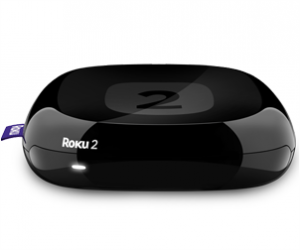Getting started with Samsung Smart TV Apps

To get started with Samsung Smart TV Apps, you need to install the SDK and the Emulator from : http://www.samsungdforum.com/Devtools/SdkDownload The emulator is a virtual box image file which can be imported to Virtual Box . You can download virtual box from https://www.virtualbox.org/wiki/Downloads . Once you have downloaded the SDK and unzipped it, you should be able to open the IDE and from Preferences->Samsung Smart TV -> Emulator, you can choose the import virtual machine to be the emulator. Now from File->New->Project->Samsung Smart TV Apps you can create either Javascript App Project Apps Framework App Project PNaCl App Projects We will go with Apps Framework App Project. We will name our project: And now we proceed without selecting any template project: A new project is created with the following directory structure: -app -htmls -Scene1.html -scenes -Scene1.js -stylesheets -Sce...



